A healthy, thriving workplace is one where everyone feels included and empowered. This means taking into consideration a wide range of needs and abilities and making adjustments to ensure that each person can thrive.
It’s estimated that one in seven people in the UK are neurodiverse. A recent research report on neurodiversity in construction shows that one quarter of individuals working in construction consider themselves to have a neurodiverse condition. In this blog we touch on some of the challenges that neurodiverse people might face at work and some tips for making the most of the way you use email to incorporate some of these needs.
What is neurodiversity?
Neurodiversity is a term to describe a range of conditions where people’s brains work differently in the way they process information and experience the world. The most common examples include autism, ADHD or ADD, dyslexia and dyspraxia. It can affect each individual differently, and some people may have more than one neurodiverse condition.
Ellie Middleton, founder of (un)masked comes up with a great analogy in her video to help people understand neurodivergence: that it’s like thinking you’re a Windows computer but never quite getting the operating system to work right until someone asks, “have you ever considered you might be a mac?”
Challenges neurodiverse individuals might face at work
A key part of creating an inclusive workplace is understanding the kinds of challenges your neurodiverse colleagues might encounter when carrying out tasks and managing their workload. This is by no means an exhaustive list, but some common challenges might include:
- Communication – Autistic individuals might struggle to interpret certain forms of communication, such as metaphors, jargon or abstract concepts as they tend to process information more literally.
- Change and uncertainty – Having a set routine and structure can help some neurodiverse people to thrive at work. However, this makes change difficult to adapt to, and unclear or disorganized processes can create uncertainty or anxiety.
- Reading and writing – Dyslexic individuals might need extra time, or the right format or tools, to take in written information or to express their thoughts effectively in writing.
- Sustaining attention – Maintaining concentration and attention can be a struggle for people with ADD or ADHD and they may come across as easily distracted.
- Sensory overwhelm – External factors like noise or lighting can be overwhelming for some people, as they process and experience it differently.
Tips for using email to communicate effectively and inclusively
While there’s a wide range of forms and tools used for communication, email is the primary tool for communication in construction so it’s important to get it right. Taking the time to look at the way you use emails to communicate at work is one relatively small change that can make a positive difference to, not just your neurodiverse colleagues, but your team overall.
Be clear and concise
Clarity in your written communication goes a long way. This prevents confusion, misunderstandings and ensures everyone has the right information. Summarize the key point, or points, right at the beginning of the email before providing the additional context. Break information up into bullet points, or short paragraphs to make it easier to digest. Also, don’t forget about your subject line – ensure it’s clear and purposeful and gets across what the email is about.
Follow up on meetings with an email
After a call or a meeting, sending out a follow up email to summarize what was discussed and highlight the actions that need to be taken, helps to ensure that everyone can take in the information at their own pace, and can refer back to it as and when they need to. This same tactic can be useful ahead of a meeting too, to communicate what’s going to be covered so that everyone has a chance to gather their thoughts and come prepared.
Communicate instructions in writing
Some individuals may struggle to take in verbal instructions fully. Providing an option for written instructions, or simply reiterating them through email ensures you are giving your colleagues the time and space to process the information, enabling them to confidently carry out the relevant tasks.
How email management can help
During the course of a project countless emails are sent back and forth. Some contain important documentation, others might detail the scope of key aspects of the project and agree on terms, or clarifying things like dates, deliveries or supplies. Either way, it’s a lot to keep track of and you never know when you’re going to need to access all of this.
Having a straightforward way for everyone to file their emails correctly means you won’t lose any critical information, but it also provides additional benefits for neurodiverse colleagues:
- It makes it easier to find and access key documents and review previous communications in their own time, reducing the risk of becoming overwhelmed
- It helps to organize emails and information efficiently, having a clear process to follow and providing structure
- A user-friendly interface like Ideagen Mail Manager can be beneficial for neurodiverse users who may find overly complex systems challenging
Reviewing the way you use emails, from writing through to organizing them, is one relatively small step you can take as a business to make the everyday workload more inclusive for all your employees. Being mindful of how you communicate in writing and taking a moment to make sure it’s clear and provides all the right context goes a long way.
Find out more about how Ideagen Mail Manager helps businesses to manage their emails effectively and get the most out of this everyday communication tool.










